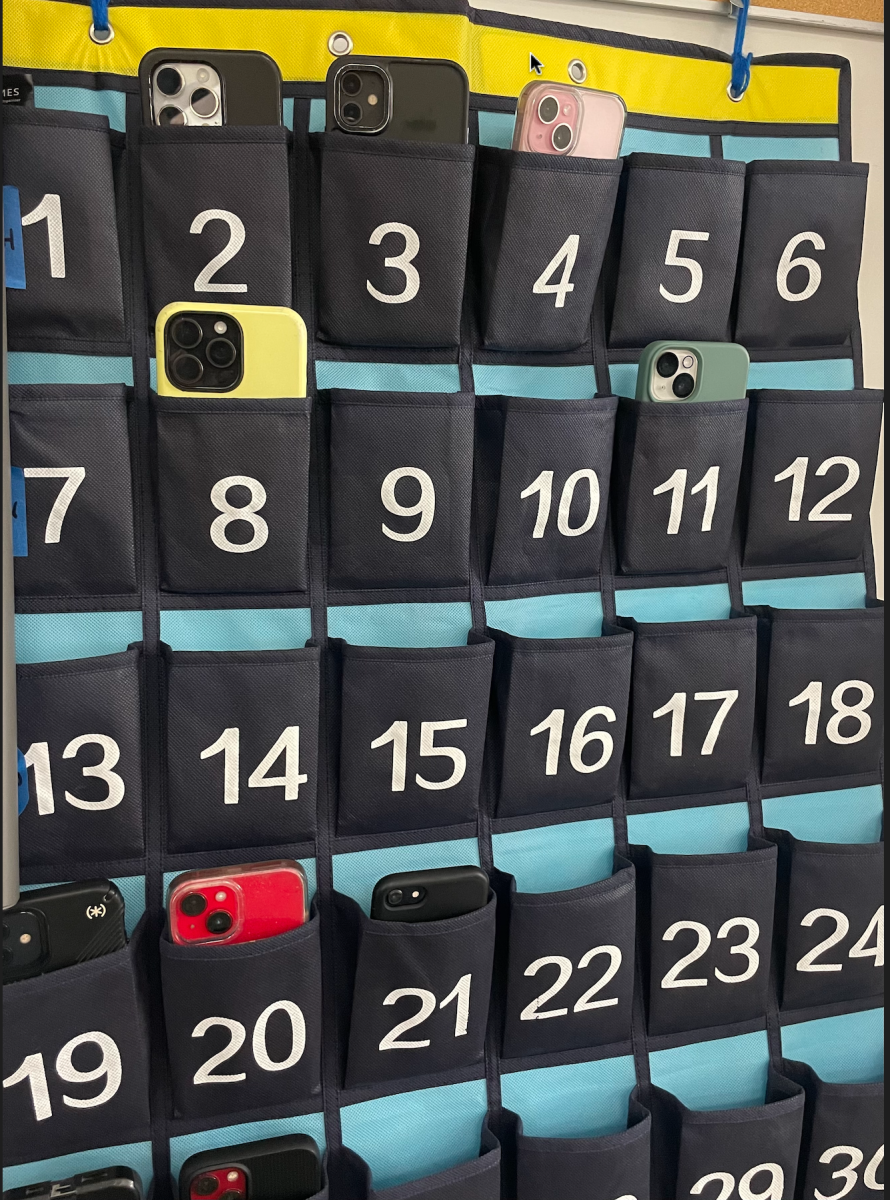Prior to the 24-25 school year, Minnesota legislators passed a law requiring all school districts to adopt a policy to minimize cell phone use in classrooms before March 15, 2025.
Cell phones have been an issue in classrooms for quite some time now. In year’s past, many students spent the entire hour on their phone or listened to the lesson and then just went right back to scrolling. Something definitely had to change, but to have phones away all day is unnecessary.
Rep. Sandra Feist (DFL-New Brighton), the original creator of the singular bill, said in a Fox 9 article that “‘research has shown that access to cell phones in school impedes learning, stunts relationships, and lessens a sense of belonging for students. The more we understand about cell phones in schools, the more it is clear that we need to be proactive, collaborative and thoughtful in how and when their use is permitted. This makes it so all schools have a clear policy.’”
Schools have taken up this policy in a variety of ways, but the two most common so far include a ban for the duration of each school day or a requirement of it simply not being out during class time. The first makes it so students must put their phone in a locker or leave it at home to keep it away, and the second allows students to have their phone out during passing time and lunch.
While many teachers and parents think that a ban requiring phones be put away for the entire school day is the best solution, students do not always agree. Students should be allowed to have their phones out during lunch and passing time. Lunch is especially important to students because it is when they get a chance to check notifications from friends and family.
Many benefits come from the cell phone ban, such as improved academic performance and mental health. However, some students and parents worry about safety and security while phones are away. Deandre Jones, a student from St. Anthony Middle School, said in a recent Kare 11 story, “‘What happens like if it was an emergency or something and I don’t have my phone on me and couldn’t call (anybody).’”
While the chance of intruders, and emergencies in general, are incredibly slim, many parents and students agree that having that line of communication is important. Of course, the school should notify parents immediately if anything occurs, but having that form of direct communication can help ease some anxieties between both students and parents.
The ultimate goal of the new policy is to reduce students’ cell phone use in class to none, whether that be by putting phones in phone holders or in backpacks. Either way, the presence of student phones in the classroom can help ease any anxieties regarding direct communication for both parents and students.









